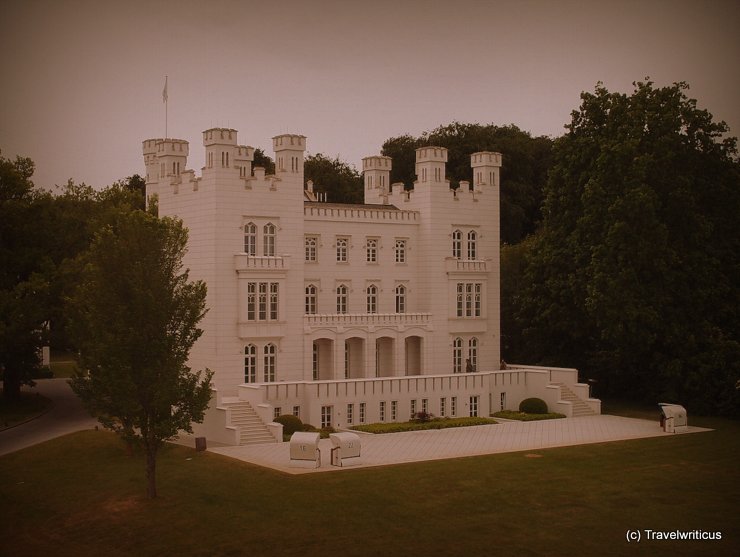
What a Lego®-like castle! But Hohenzollern Castle in Heiligendamm is more a guest residence than a castle. Grand Duke Paul Friedrich commissioned the building to accommodate his noble guests. [German]
You only see what you know (Goethe)

What a Lego®-like castle! But Hohenzollern Castle in Heiligendamm is more a guest residence than a castle. Grand Duke Paul Friedrich commissioned the building to accommodate his noble guests. [German]

The manhole covers in Rostock display the city arms. The coat of arms dating back to 1367 depicts a golden gryphon of a blue field (representing the former princes of Rostock). Bars of silver and red represent the colours of the Hanseatic League. As a member of the Hanseatic League, the city is named Hansestadt Rostock. [German]

The State Museum Schwerin (Staatliches Museum Schwerin) opened in 1882. Particularly well-known exhibits are the animal representations of the French painter Jean Baptiste Oudry and several objects created by Marcel Duchamp. [German]
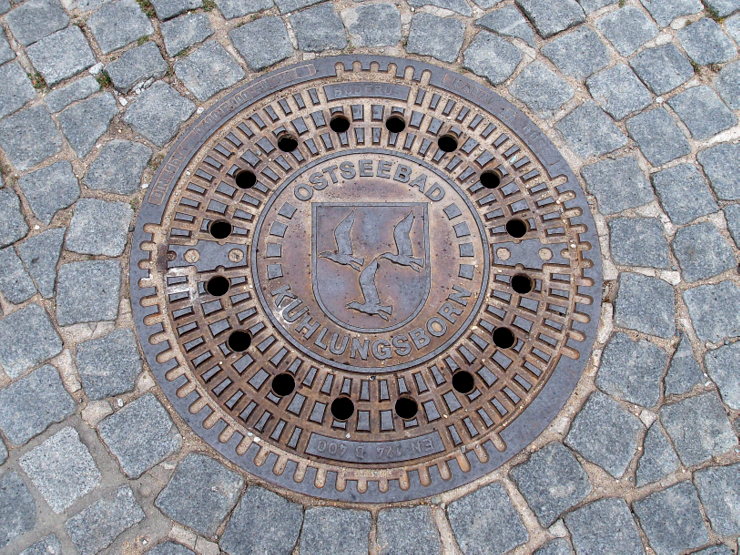
The manhole covers in Kühlungsborn show the city arms. The coat of arms displays three silver seagulls in a blue field. The title Ostseebad refers to the fact that Kühlungsborn is a seaside resort on the Baltic Sea (Ostsee).

The Orangery of Schwerin Castle (Schloss Schwerin) dates back to 1853. During the German Democratic Republic, the building housed a Polytechnic Museum for a few years. Today, during the warm seasons, visitors to the Orangerie Café enjoy cakes and coffee. [German]

Visitors find the Hotel Speicher am Ziegelsee in a former granary dating back to 1939. The edifice is situated next to a lake named Ziegelsee, which is why guests can reach the hotel by boat. The sign HOTEL SPEICHER is the name board of the boat station.
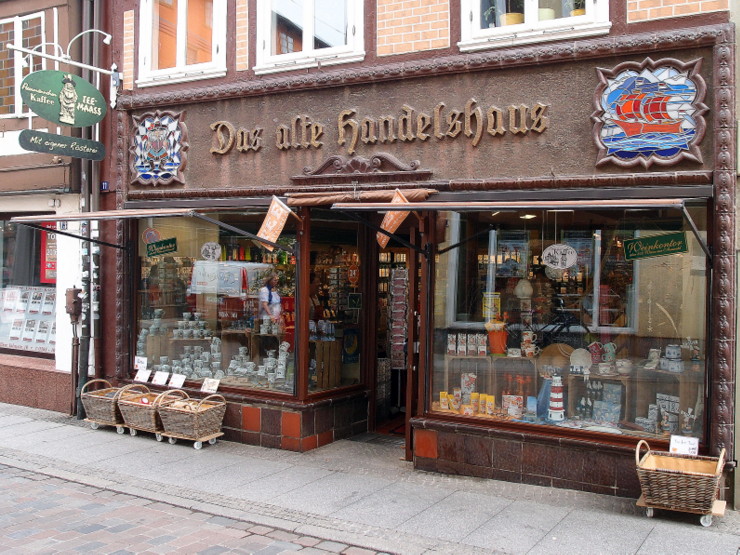
Lovers of fine tea find the traditional shop “Das alte Handelshaus” (The Old Merchant House) at the address Schmiedestraße 11. Today, it houses a chain store of the tea merchant Tee Maass.
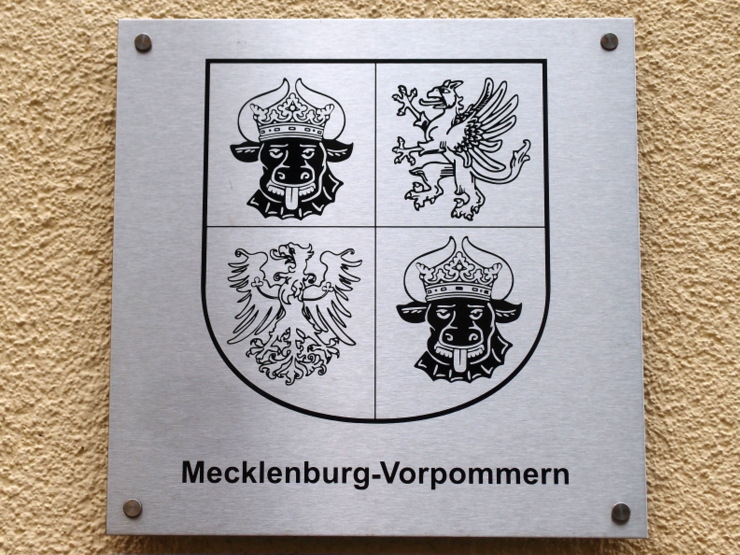
The federal state of Mecklenburg-Vorpommern was formed by a merger of two countries after World War II. The historic regions of Mecklenburg and Vorpommern got together, evoking the need of new coat of arms.
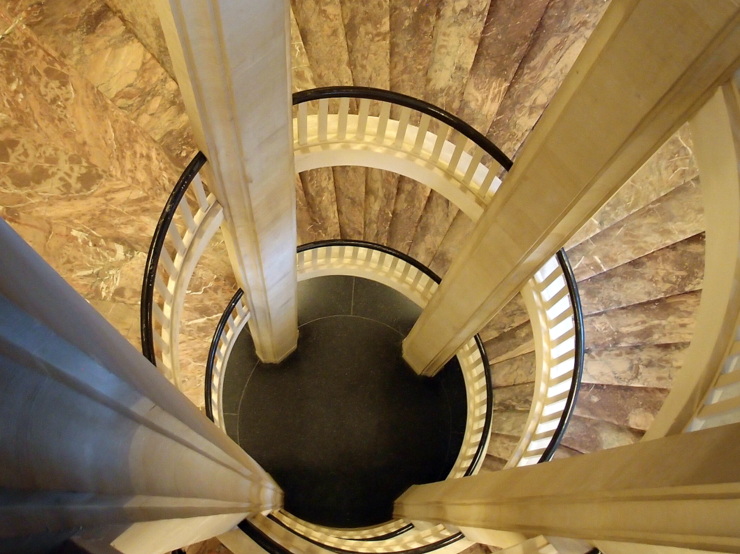
Looking downstairs at Schwerin Palace (Schloss Schwerin). The palace houses a museum as well as the state diet (Landtag) of the German federal state of Mecklenburg-Vorpommern.

The Petermännchen (Little Peterman) is a good-natured household spirit who is said to live in the Schwerin Palace. He rewards those who are honest and brave but punishes thieves and intruders. Today it is a sort of mascot. You see him in many parts of the city life. There is even a coffee named after him: Petermännchen Kaffee.

This villa, built in 1880, became famous for being the home of the aircraft designer Ernst Heinkel. One of his designs was the Heinkel He 178, the world’s first turbojet aircraft and jet plane. Today the villa is part of the Leibniz Institute for Baltic Sea Research (Leibniz-Institut für Ostseeforschung).
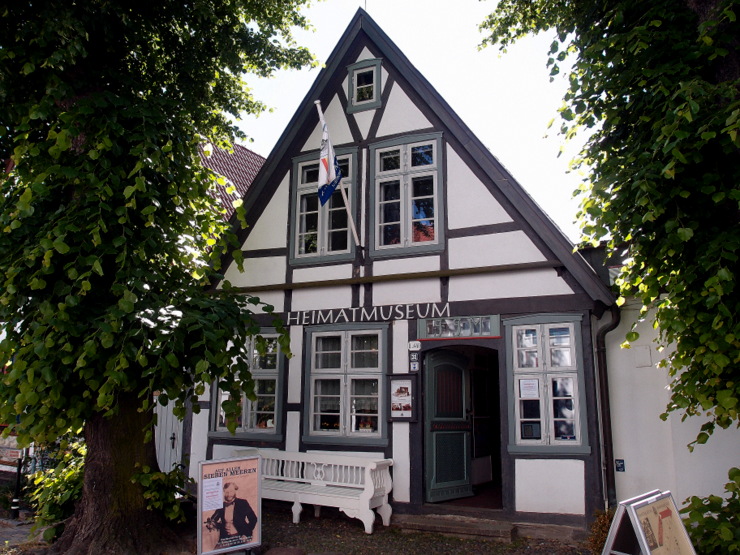
The museum of local history (Heimatmuseum) is located in a building dating back to 1767. The exhibition tells about local life as well as typical elements of a seaman’s life. For example, you see dioramas built by sailors. There are also souvenirs like English stoneware brought home from numerous sea travels.